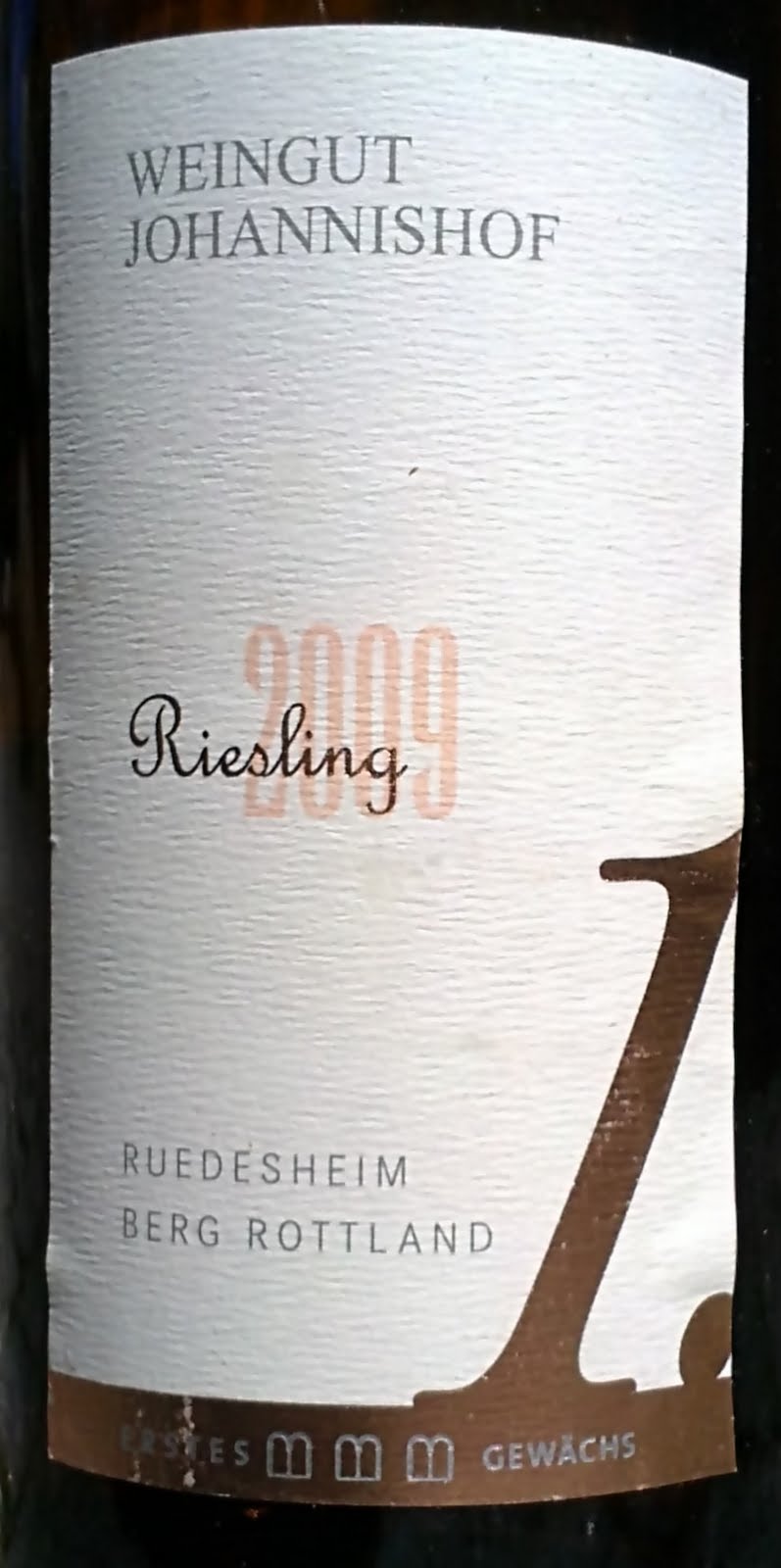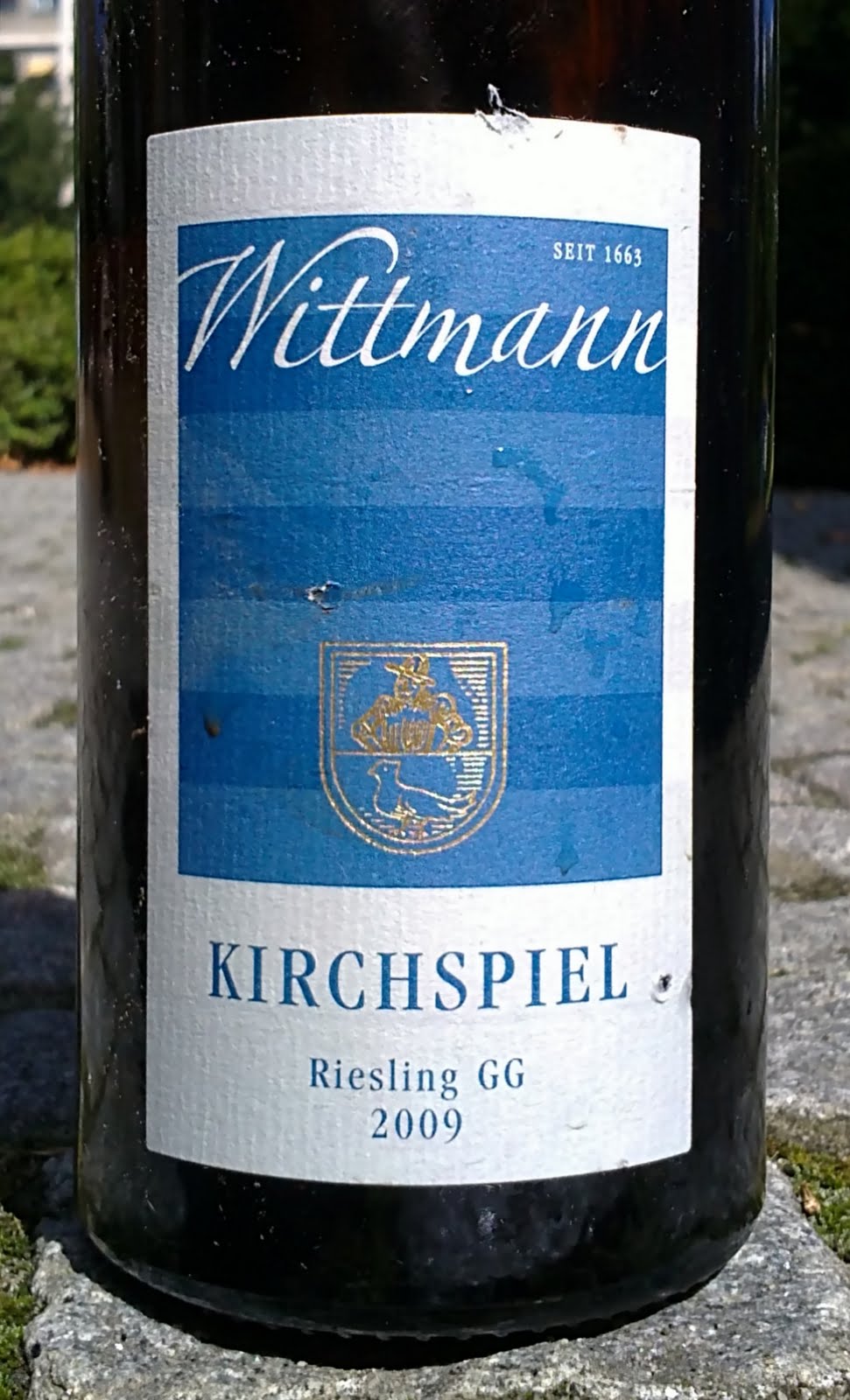Germany’s roll of honour
Posted on 31 August 2010
2009 was a vintage of high expectations in Germany. The favourable weather, naturally low yield and excellent harvest conditions combined to generate another excellent year in our stellar decade, after 2007, 2005, 2002 and 2001. My repeated tastings earlier this spring were ones of excitement and consistently high quality. So the stakes were really high when I embarked on the Erste Lage Sneak Preview tasting organised in Wiesbaden by the VDP association of wine estates. From the nearly 400 wines on offer I tasted 170 Rieslings over two days. These wines are the equivalent of grand cru bottlings and are essentially the very best of German dry white wine.
In brief, I was not disappointed. The overall level is very high. What’s really interesting about 2009 is that it’s a ripe year with abundant and expressive fruit (that’s the difference to 2008, which I criticised last year – perhaps slightly too harshly – for being green and mean) but it also pretty high acidity, which gives the wines brilliance and tension and will help them age longer than the 2007s and 2005s. It’s a rare combination to have so much vibrancy with so much ripe fruit, and it’s the real excitement of 2009.
I have liked many of the Rieslings I’ve tried but one region that has really shone is the tiny Nahe. Always high on any connoisseur’s list, it has surpassed itself this year with a long list of outstanding wines from such estates as Kruger-Rumpf (a superb Kapellenberg), Dönnhoff (I’ve not always been thrilled by the dry wines of this sweet wine master but the Hermannshöhle as well as the cheaper Dellchen left nothing to be desired), Emrich-Schönleber and Schäfer-Fröhlich.
The Rheingau has been a bit mixed with definite highs such a Johannishof’s Berg Rottland, Robert Weil, Jakob Jung and Josef Spreitzer, but also some relative disappointments, and I’ve been generally underwhelmed by the Palatinate where many wines were atypically green and fruitless. These two regions failing to take full advantage of the vintage, it’s the Rheinhessen, often an underdog, who I think takes second place. Among the many good wines were the young Wagner-Stempel (especially the Heerkretz) and a tremendous performance from well-established (and fully organic) Wittmann that could well be the best collection of the vintage.





